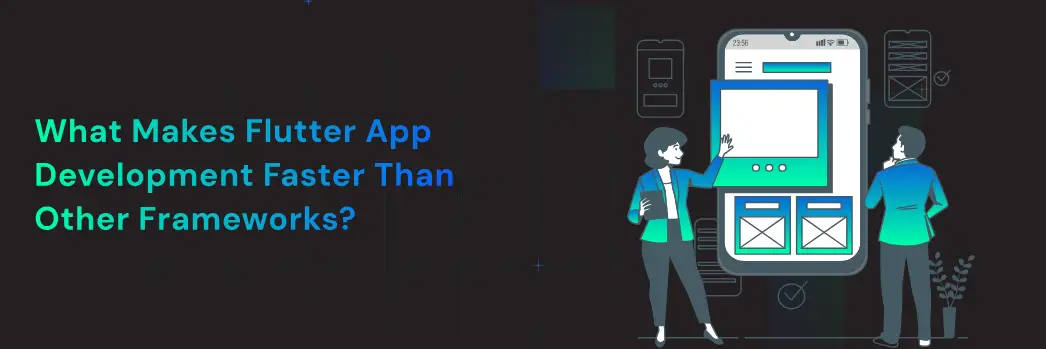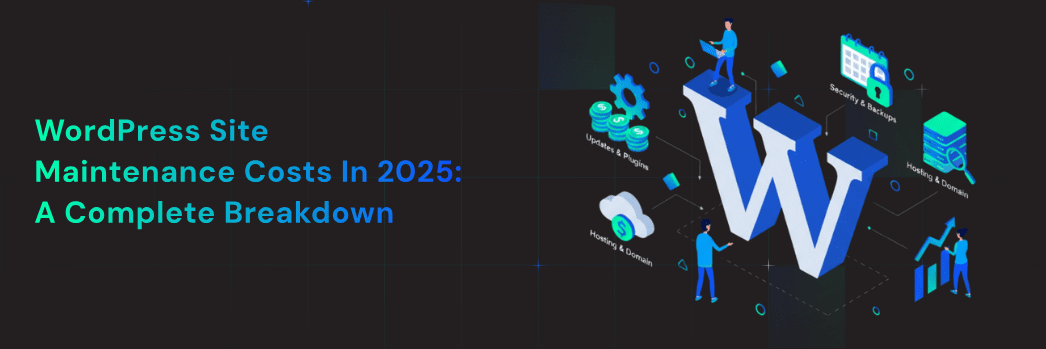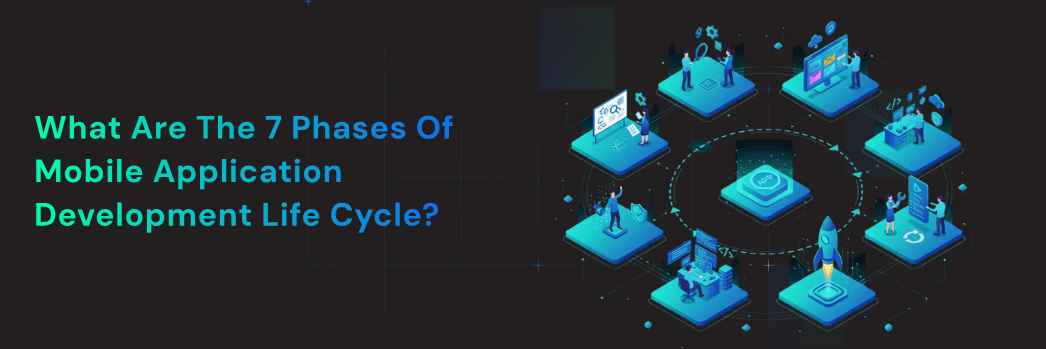Businesses want mobile apps quickly, effectively, and at scale in the fast-paced digital world of today. Many frameworks have come about in response to the need for quicker app development, but Flutter is the one that always sticks out. Google created Flutter, which has revolutionized cross-platform development by enabling businesses to create beautiful, seamless apps without requiring lengthy development cycles.
But what exactly makes Flutter app development faster than other frameworks like React Native, Xamarin, or traditional native development? Let’s dive deep.
One of the biggest hurdles in mobile app development is writing separate code for iOS and Android. With native development, you essentially build two different apps, doubling the time and effort.
Flutter solves this problem with its single codebase approach. Developers write once, and the code runs across both iOS and Android without performance compromises. This not only accelerates development but also reduces testing and maintenance efforts.
Faster development—lower costs and quicker time-to-market.
Imagine making a change to your app’s UI and seeing it reflect instantly—without restarting the app or losing the current state. That’s the power of Flutter’s Hot Reload feature.
Other frameworks often require rebuilding the app or restarting the simulator/emulator after every small tweak. Flutter’s real-time code reflection allows developers to:
- Experiment faster
- Fix bugs instantly
- Iterate on design and functionality without long waiting times
This significantly speeds up the development cycle, especially in agile environments where rapid iteration is key.
Creating a polished, user-friendly interface can often slow down development. Most frameworks rely on third-party components or bridge native UI elements, which can cause inconsistencies.
Flutter, however, comes with a vast library of pre-built customizable widgets designed to mimic native performance. These widgets are
- Ready-to-use for material design (Android) and Cupertino design (iOS)
- Fully customizable for branding needs
- Consistent across platforms
This means developers spend less time worrying about UI discrepancies and more time focusing on features.
Performance bottlenecks are common with cross-platform frameworks because they often rely on a “bridge” to communicate with native components. This slows things down, especially in complex apps.
Flutter avoids this by compiling directly into native ARM code using the Dart language. The result? Apps that perform just like native ones, with smoother animations and faster load times—all without the overhead of managing separate codebases.
High performance means fewer optimization cycles, which cuts down the overall development timeline.
Another factor that makes Flutter development faster is the active community support and strong ecosystem. With Google continuously improving Flutter and a vibrant developer community creating open-source packages, developers don’t have to reinvent the wheel.
Need payment integration, analytics, or push notifications? Chances are, there’s already a Flutter package for it. This reduces dependency on building custom components from scratch, saving time and effort.
In traditional development, QA teams must test apps separately on Android and iOS to catch platform-specific bugs. With Flutter’s single codebase, much of this duplication disappears.
Testing once covers most scenarios, which:
- Speeds up the QA process
- Reduces bugs caused by inconsistent codebases
- Ensures faster release cycles
Of course, platform-specific testing is still needed, but the workload is drastically reduced compared to native development.
For startups and businesses validating an idea, speed is crucial. Flutter is especially effective for building Minimum Viable Products (MVPs) because:
- Development is quicker with hot reload and ready-made widgets
- The app works across multiple platforms from day one
- Iterations based on feedback are easier to implement
Instead of spending months, businesses can launch an MVP in weeks, test it with users, and make improvements without huge time delays.
Developer experience plays a massive role in how fast apps get built. Flutter developers enjoy:
- Simple setup with fewer platform-specific dependencies
- Intuitive language (Dart) that’s easy to learn and efficient to use
- Comprehensive documentation and tooling support
This makes developers more productive, reduces errors, and speeds up the overall lifecycle of app creation.
Flutter isn’t just for Android and iOS anymore—it’s expanding to web, desktop, and even embedded devices. This means businesses can reuse the same codebase across multiple digital touchpoints, avoiding the need to develop from scratch on new platforms.
This “write once, run everywhere” approach isn’t new, but Flutter executes it faster and more efficiently than most competitors.
At the end of the day, speed in development translates to savings for businesses. Flutter’s faster cycles mean:
- Lower development costs since fewer resources are needed
- Quicker launches to capture market opportunities
- Faster updates to stay ahead of competition
This efficiency makes Flutter one of the most business-friendly frameworks in the industry.

Among cross-platform frameworks, Flutter has become the clear winner in a digital environment where success is determined by time-to-market. Its native-like performance, hot reload, single codebase, pre-built widgets, and strong ecosystem all help to speed up app development without sacrificing quality.
Whether you’re a startup racing to launch an MVP or an enterprise scaling across platforms, Flutter offers the perfect blend of speed, cost-effectiveness, and performance.
Working with a skilled Flutter app development company will help you realize your app idea more quickly and efficiently than you may have expected.
Search
Recent Post
- WordPress Site Maintenance Costs in 2025: A Complete Breakdown
- Strategies for Managing a Software Development Project
- What Are the 7 Phases of Mobile Application Development Life Cycle?
- Advantages of Swift Language: Why Should You Build an iOS App with Swift?
- Node.js vs. React.js: Which JavaScript Technology Should Developers Choose?
- UI/UX Design Services – Expert Solutions for Web & Mobile Apps
Categories
- Blog (43)
- Mobile App (7)
- option1 (1)
- option2 (1)
- WordPress (2)




